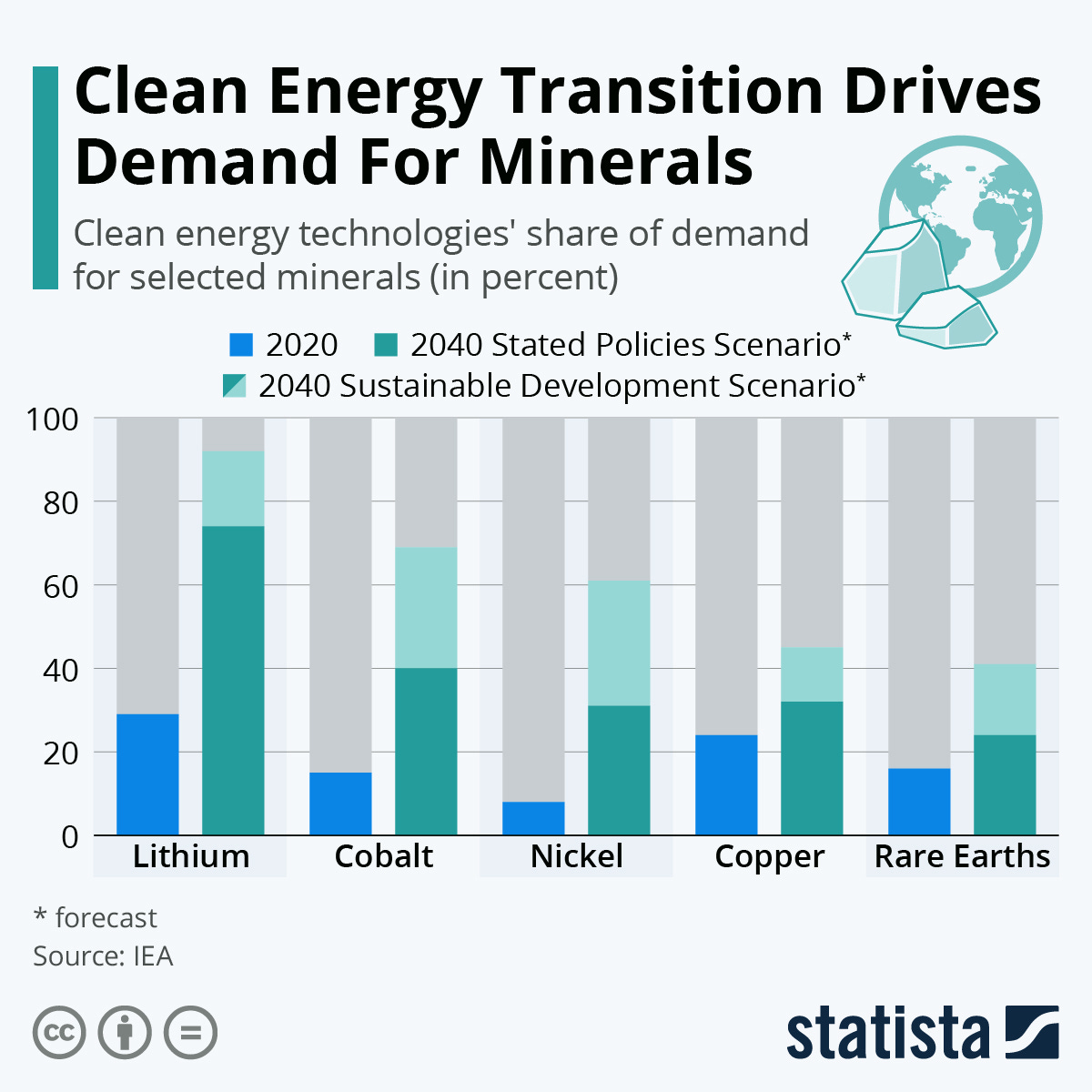Unravelling Misconceptions: A Comprehensive Look at the Sustainable Energy Transition
The truth about the sustainable energy transition, dispelling common myths and understanding real challenges.
As the global community grapples with the pressing need to mitigate climate change, the transition from fossil fuels to sustainable energy sources is a topic of paramount importance. However, this transition is often clouded by misconceptions and fears. This article aims to dispel these myths and provide a comprehensive understanding of the sustainable energy transition.
Understanding the Magnitude of the Transition
The shift to a sustainable energy future is a monumental task. It necessitates a fourfold increase in the global electricity supply, a threefold expansion of transmission grids, and a dramatic surge in electric cars from 25 million to over 1 billion. This transition also implies a significant increase in mineral supply — seven times more lithium and double the amount of copper used in 2022.

Dispelling Myths: The Reality of Mineral Supply
One of the prevalent fears is that the mining required for this transition will consume vast amounts of scarce water and that high lithium prices will make electric vehicles unaffordable. However, these fears are largely unfounded. Known resources of all key minerals easily exceed total future requirements, debunking the myth of long-term supply shortage.
A Closer Examination of the Environmental Impact
Another common misconception revolves around the environmental impact of producing materials for wind turbines, solar panels, batteries, and electrical equipment. While it's true that these processes could emit 15-35 gigatonnes of CO₂ equivalent over the next 30 years, this figure is dwarfed by the 40 Gt CO₂ equivalent produced annually by the current fossil fuel-based energy system.
Land and Water Needs: A Manageable Concern
Concerns about land and water needs are also often exaggerated. The water needed annually for new mineral extraction is a fraction of what is used in food and fibre production. Furthermore, the land required for solar PV farms and mine sites would constitute less than 2% of the area devoted to agriculture, debunking another common myth.

Acknowledging the Real Challenges
While it's important to debunk myths, it's equally crucial to acknowledge the real challenges. These include meeting the rapidly growing demand for minerals, mitigating the local environmental effects of new developments, and building diverse supply chains to avoid over-reliance on a few countries.
Conclusion: The Path Forward
In conclusion, while the path to a sustainable energy future presents challenges, many of the fears surrounding this transition are based on myths. The reality is that our new energy system will be inherently renewable, extracting smaller quantities of key minerals to generate, store, and use clean electrical energy. The faster we build this system, the better for our planet. This transition is not just feasible but essential for a sustainable future.
Further reading
Unmasking the Anti-Electric Car Agenda: A Deep Dive
In the midst of the global shift towards electric vehicles (EVs), a counter-narrative persists, casting doubt on the benefits of EVs and promoting the continued use of internal combustion engine (ICE) vehicles. This article aims to uncover the forces driving this anti-EV agenda and their motivations.





